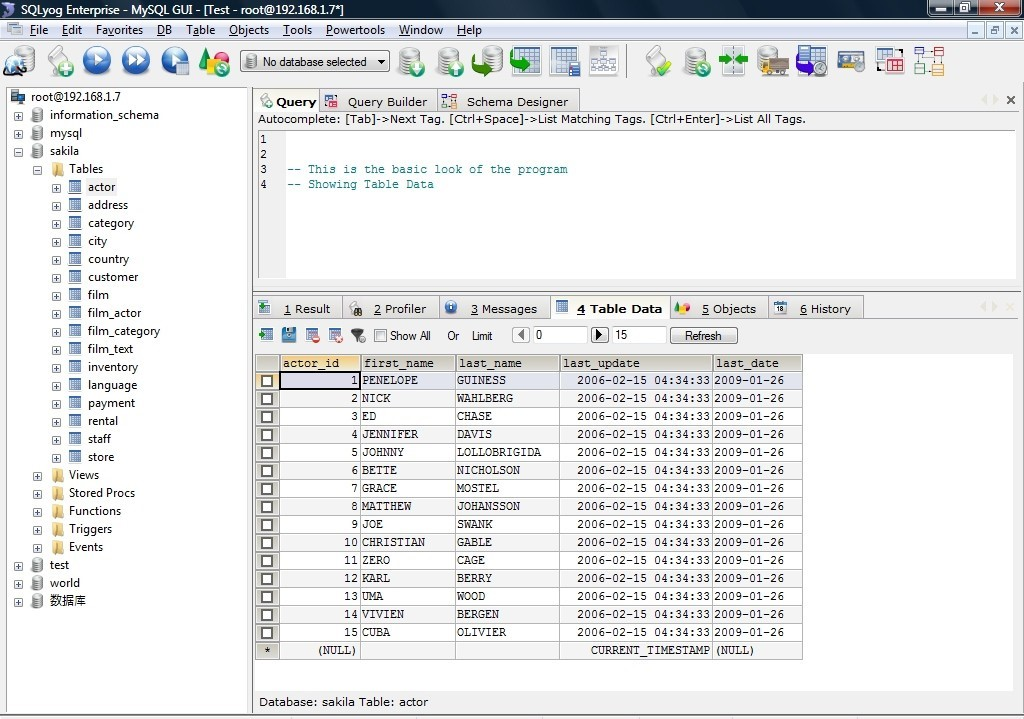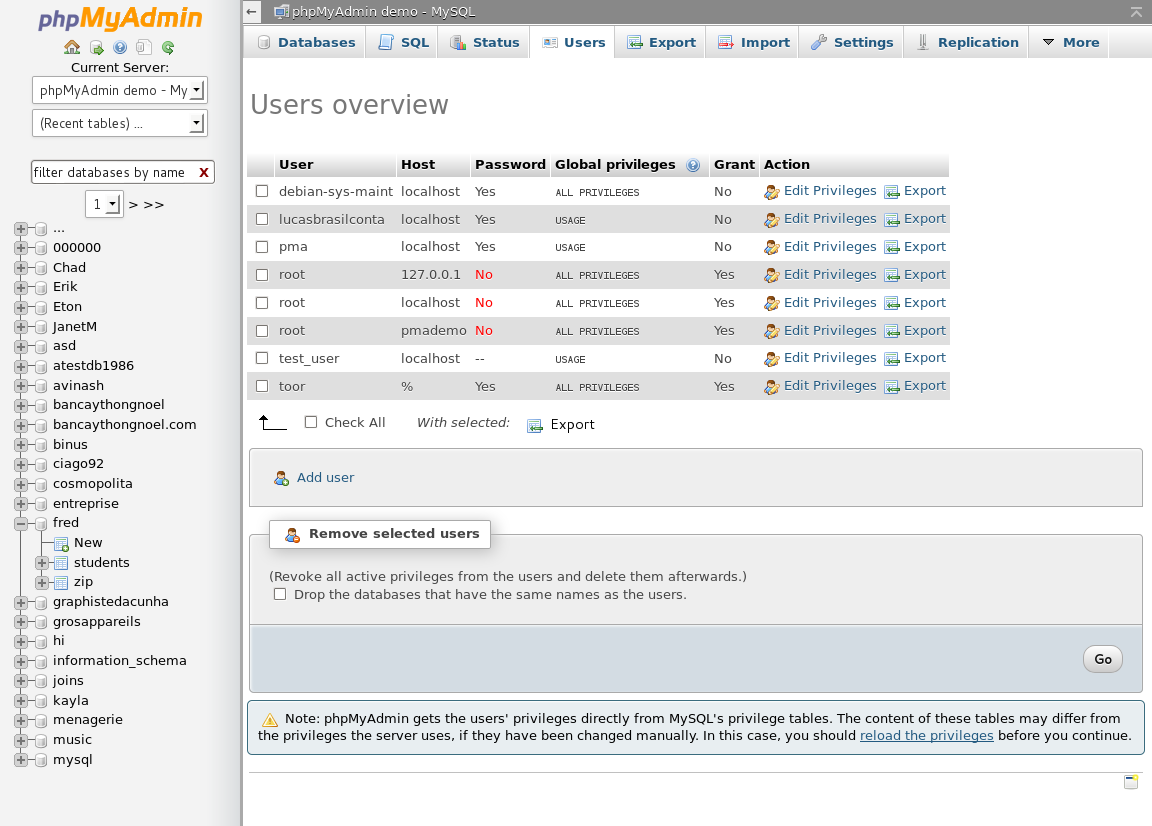

The appearance of the front end is controlled by a simple CSS stylesheet, and you can tweak it to your heart’s content to achieve the results you want. Using a simple SQL statement you can create a new Author field that concatenates the data from the Firstname and Lastname fields: Let’s say you have a bibliography database, where the author’s name is stored in two separate fields: Firstname and Lastname. Since phpMyEdit supports SQL, you can use it to manipulate the data using SQL queries. The following sorting settings sort records by both Notes and Source fields: You can also specify more advanced sorting based on several fields. For example, if you want to sort records by the Notes field, the option will look like this For example, if you want to disallow users to modify and delete records in the table, all you have to do is to remove the C and D letters from the default ACPVDF string, so the option looks like this:īy default, the created page sorts records by their identifier, but you can also change that by modifying the $opts option. Permissions here are specified by using or omitting appropriate letters. If you want to give visitors read-only access, you can do that by modifying the $opts option. By default, anyone can access and modify the data in the database. If you want to display all the records in the table on one page, set the option to -1.Īnother thing you might want to change is user permissions. php file in a text editor, locate the $opts = 15 line, and replace the default value with the number you want. Let’s start with something simple, like changing the number of records per page. You can find detailed instructions for all these tasks in the program’s documentation. While the default interface is functional as it is, phpMyEdit offers settings you can tweak to make the interface better suit your needs. Using it, you can create, modify, delete, view, sort, and filter records. Now point your browser to the created page, and you should have a basic front end to your MySQL database. It also conveniently displays the generated code, which you can copy and paste into a text editor for additional tweaking. Once you’ve pressed Submit, phpMyEdit generates the page and writes it to the phpMyEdit folder. Here you can also decide whether the page should have a header/footer and use a basic CSS stylesheet by ticking the appropriate check boxes. phpMyEdit then asks you to provide the name and title you want to use for the generated page. phpMyEdit then displays a list of the fields in the specified database table, and you have to select a so-called identifier (a primary key in MySQL terminology). Fill out the required fields and press the Submit button. Point your browser to If phpMyEdit works properly, you should see a database connection form.
MYSQL WEB GUI DOWNLOAD
Download the latest release of phpMyEdit, unpack it, and move the resulting folder into the document root of your Web server. Let’s start with creating a simple front end to an even simpler MySQL database, consisting of a single table and three fields: ID, Notes, and Source. Although phpMyEdit hides the complexity of generating a PHP-based interface, it still offers an easy-to-use yet powerful mechanism to customize virtually any aspect of the created front end.

MYSQL WEB GUI SOFTWARE
To simplify creating PHP-based front ends, try phpMyEdit, an ingenious piece of software that can generate a functional Web interface in a matter of minutes - no PHP programming skills required. But while phpMyAdmin eases the task of creating and managing the back end of your Web application, it is of no help when it comes to designing a Web-based interface. It is an indispensable tool for anyone building a PHP/MySQL-based Web application.

If you’ve ever worked with MySQL databases, you are probably familiar with phpMyAdmin, a PHP-based tool that allows you to create and manage MySQL databases via a browser.


 0 kommentar(er)
0 kommentar(er)
